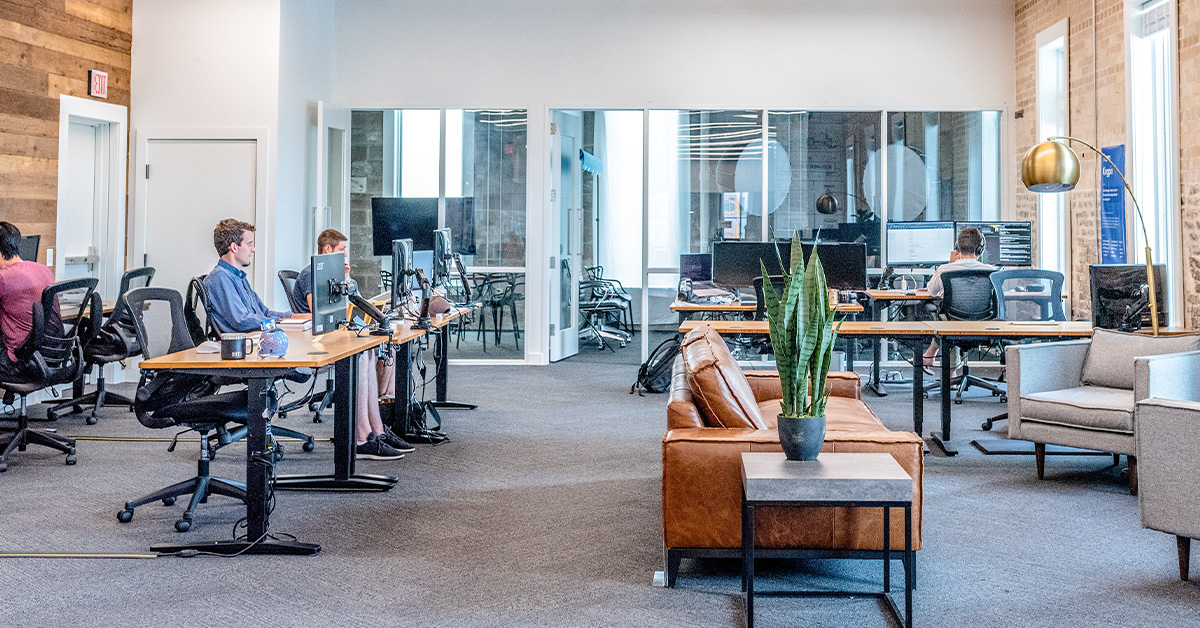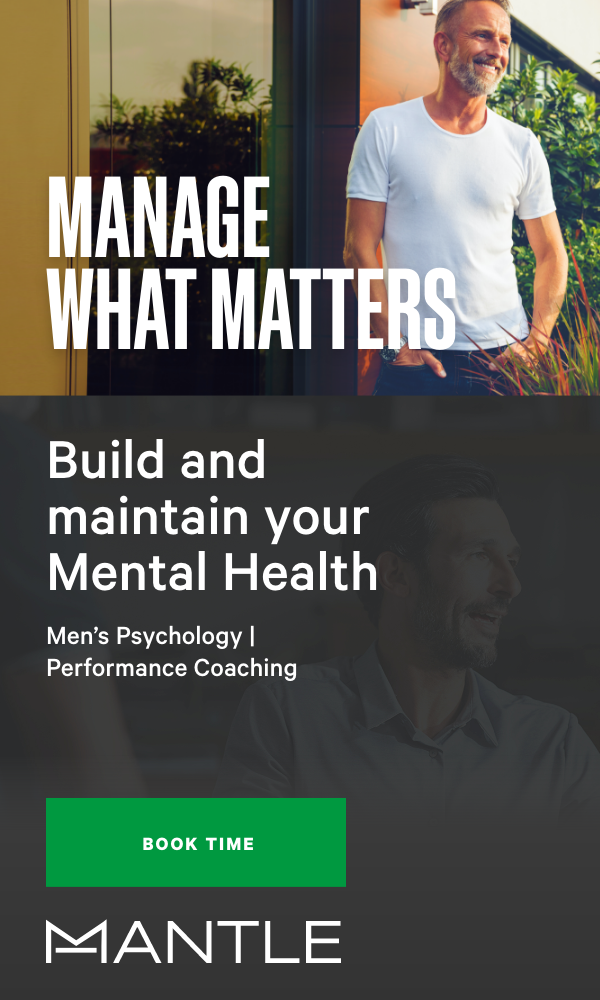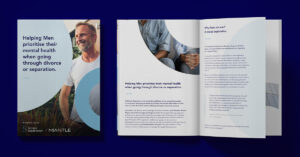Returning to the workplace. Working with, and supporting many different organisations across the pandemic, one question I am now being increasingly asked is, ‘how do we successfully bring our people back to the office?’
It is a great question, and there is no single answer that will meet the needs of everyone.
If there is anything that the sustained disruption of COVID 19 has shown us, it’s that people’s experiences of our COVID-19 world are vastly varied, and while we have all been in the same storm, the size, shape, stability, reliability, and buoyancy of the various boats we have each been in while riding out the storm aren’t all the same. We need to keep this in mind when we think about our return to, or transition to, our next new “normal”, be that on-site, a continuation of WFH or some hybridized model in between – it won’t be a one-size-fits-all.
Over a series of posts, I will unpack some of the key issues we need to be mindful of regarding returning to the workplace. The first being, understanding how fear can influence our motivation and comfort level in our return to some version of ‘onsite work’. Noting that fear associated with returning to the workplace can come in all different shapes and sizes.
For some people, it might be fear of infection on the public transport commute, fear of missing out (on promotion opportunities, cool projects, or even ‘being in the loop’ if they don’t go back to work), or fear of missing out on things people have enjoyed (extra time with kids, extra sleep, not having to iron work clothes, the flexibility for better work-life integration). For many people, their return-to-site fears might be related to whether they will now be expected to keep working the extra 2 hours a day that became their norm while WFH. For others it might be the risk of social faux pas as the interpersonal nuances of our brave new working world have all changed – do I shake hands, fist bump, elbow bump, toe tap? Do I sit away from people? What do I say if someone is invading my personal space? It might seem minor, but this can be all very real and impactful, particularly for those among us (myself included), who may feel a bit socially awkward at the best of times. Bear in mind that for many others, there won’t be any return-to-site related fear at all!
For many, returning to the workplace related fears are occurring in the context of existing worry and concern about economic issues, job stability, and continued dislocation from family and friends through ever changing lock downs and border restrictions. Peoples’ coping bandwidths may already be somewhat tested. Managing returning to the workplace fear whether as a holder, leader or bystander can seem completely rational to some and irrational to others, but fear itself can impede our ability to think, problem solve and explore options. It is great for immediate survival in its ability to focus our attention on perceived threat and is something that has evolved of a very long time.
When it comes to fear, we can’t just tell someone to ‘get over it’, or that they are being ‘irrational’ or ‘unreasonable’ and then assume we have addressed the situation. One of the greatest tools at our disposal in helping people return-to-site, is empathy. Taking the time to understand what is going on for someone is such a powerful thing. Exploring what return-to-site means for them, and what their concerns are, not only helps people feel seen and heard, but it also enables us to get beneath the surface and to understand perceived fears and obstacles. Understanding the perspective of others enables us to help them explore the areas they can influence and actions they can take to have a sense of agency over the things that concern them. It enables exploration of previous coping strategies and supports used in the past that can be repurposed or reinstated now. It enables the opportunity to understand what information and support we can provide, to increase clarity, give reassurance and enable an element of control around those return-to-site fear factors contributing to trepidation.
I love the notion, that we need to ‘move to where people are at’, rather than just dictating what they need to do, or *gasp* just trying to impose some extra positivity on their situation. Asking people to deny their emotional state or supress challenging emotions and to ‘just be more positive’ is a fast track to failure, but that’s another article in itself. Feel free to check out Dr Brock Bastian’s take on Psychological Agility (https://psysafe.com.au/post/what-is-psychological-agility-and-why-is-it-so-important-in-2021) if you would like a taster on critical capabilities for 2021!
We need to keep in mind that change is often associated with a fear of what you might lose, and COVID-19 has gone on for so long now that we are not currently in our ‘new normal’, this is our ‘normal’. Habits have changed, and our behavioural patterns have become embedded. We have to expect that transitioning to ‘what comes next’ from a work perspective won’t just be as easy as flicking a switch, we need to expect some discomfort and resistance.
Our initial pivot to working from home (that soon became, or at least felt like, ‘living at work’ or ‘sleeping at the office’ for many of us), was tricky, but we understood the why we had to do this, and where we were going. It sounds simple, but the why and where that formed part of our ‘psychological business case’ for returning to site isn’t as salient or obvious for many people; organisations need to keep that in mind, as transparency and clarity around the why and where for returning to site (or whatever version of it they are moving towards) can make this transformational change a bit easier to manage, even if they don’t particularly like it or agree with it! Trust me when I say that transparency and having a clearly articulated why and where is a lot more powerful than just dictating that you need to do this ‘because I say so’ or because as the boss, ‘I like having people around me in the office’ – which are sure-fire ways to deflate morale.
In my next post I will be looking at the importance of a ‘Realistic Return Preview’ and mitigating the risk of disconfirmed expectations as we face into our brave new world of work.
David Burroughs is Principal Psychologist of Australian Psychological Services specialising in workplace mental health and change. He is also a partner of Psychological Safety Australia, and co-founder of Mantle Health, the specialist mental health service for men.








